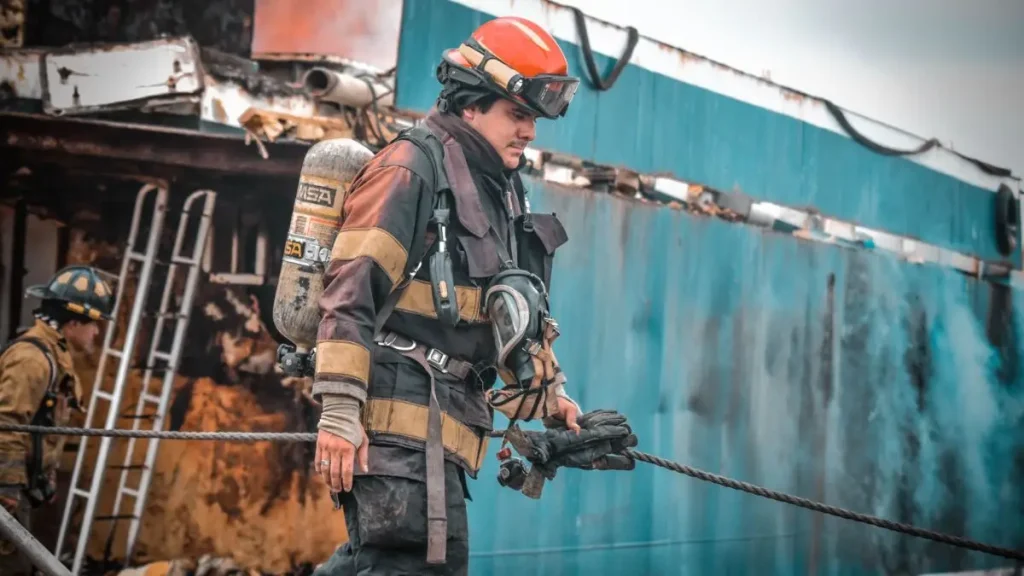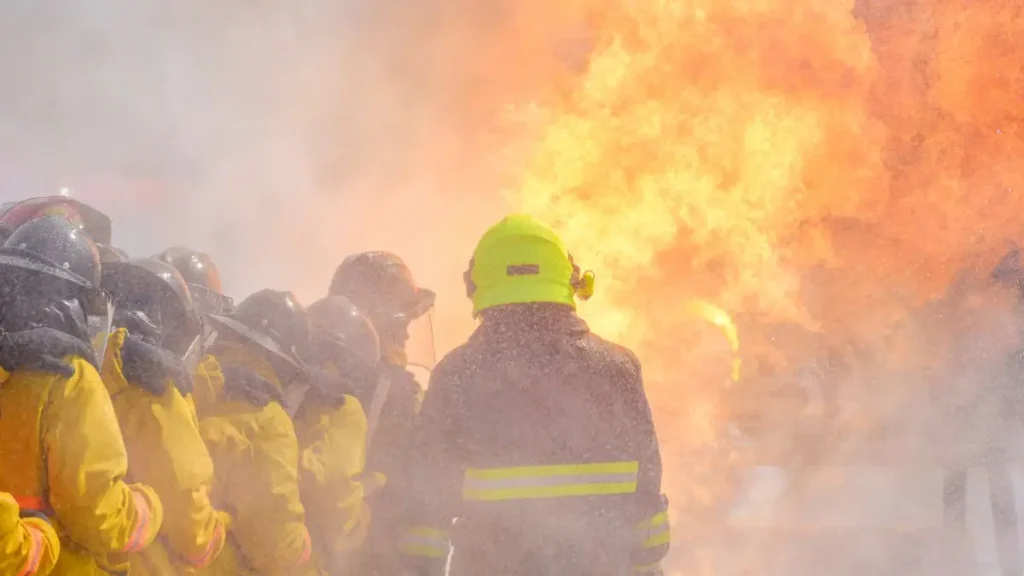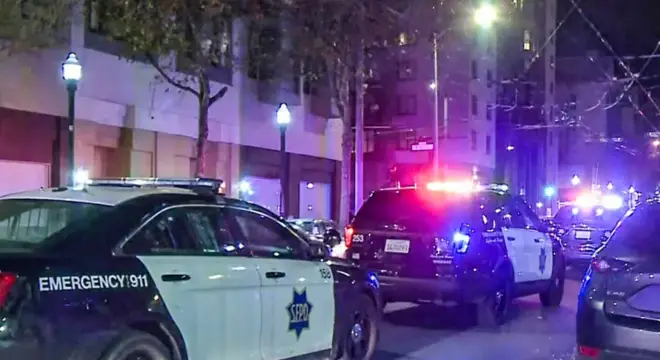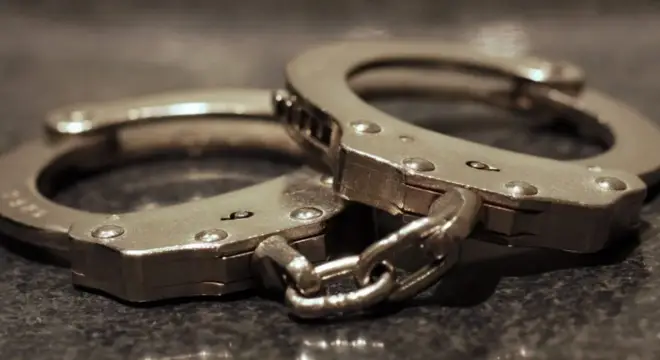Colorado Springs Home Catches Fire But Everyone Is Safe
When I first heard about the house fire early Saturday morning in southwest Colorado Springs, my first thought was: I hope everyone made it out okay. And thankfully, they did. According to the Colorado Springs Fire Department, crews responded around 1 a.m. to a home on Harrison Road—just off Lake Avenue and Venetucci Boulevard—and managed to knock down the flames quickly.
Now, even though no one was hurt, the house didn’t come out unscathed. The damage was described as “heavy,” which usually means serious structural loss, possible smoke infiltration throughout the home, and months of cleanup ahead. That kind of damage doesn’t make headlines like injuries do, but for the families involved, it’s life-changing.
What stands out here—and honestly what we should talk more about—is how smoothly CSFD handled the whole situation. A fast response. No casualties. And no fire spreading to nearby homes. In a city where structure fires can escalate fast, that’s no small thing.
Have you ever thought about how prepared you would be in a situation like that? A fire at 1 a.m., people asleep, minutes to act. Would your smoke alarms catch it in time? Would you even hear them?
Let’s talk about that. Because sometimes the scariest stories are the ones where everyone walks away—but just barely.
What Happened That Night?
I was scrolling through updates when I saw FOX 21 News reporting on yet another house fire in Colorado Springs—and this time, it happened close to Lake Avenue and Venetucci Boulevard.
According to their report, the fire broke out just after 1 a.m. on Saturday, July 5, on Harrison Road. Crews from the Colorado Springs Fire Department responded fast. Within minutes, they had the fire under control.
Now, I know you might think, “Middle of the night? That could’ve turned deadly.” And you’re absolutely right. But here’s the incredible part—everyone made it out safely. No injuries. No lives lost. That’s not luck, that’s fast action and preparation.
So if you’ve got a home in that area or anywhere nearby, this story should hit close to home. Because it proves how quickly things can go wrong—and how just as quickly, first responders can save lives if all the right pieces are in place.
No Injuries—But Heavy Damage

When I first saw that no one got hurt, I breathed a sigh of relief. You probably did too. Fires like this can go sideways fast, especially when they happen at night.
But just because there were no injuries doesn’t mean the damage wasn’t serious. CSFD confirmed that the house suffered heavy structural damage. And from my experience covering fires in this area, “heavy” usually means:
- Burned-out rooms
- Smoke damage in every corner
- Water damage from firefighting efforts
- Possibly months—if not years—of recovery
You might not see photos of that kind of devastation in news reports, but if you’ve ever seen a post-fire interior, you know exactly what the family’s dealing with.
This is why your fire safety plan isn’t just about survival—it’s also about minimizing loss. Because while we can’t always stop a fire, we can get out faster, call sooner, and cut down on the destruction.
Similar to the Nantucket fire incident where a family narrowly escaped an overnight blaze, this case also reminds us that survival doesn’t mean the danger was any less real.
How CSFD Responded—And Why It Mattered
I’ve followed CSFD responses for a while now, and this one was textbook solid. The moment the call came in around 1 a.m., crews were dispatched and reached the house fast. They were able to knock down the fire before it spread beyond control.
Imagine this from your perspective: it’s the middle of the night, alarms go off, you smell smoke. Within minutes, professional crews are on-site—hoses deployed, ventilation started, perimeter secured.
This is exactly why the CSFD trains year-round. And if you’ve ever wondered whether that investment pays off—the answer is in this story.
I’ll be honest, not every fire in the Springs ends with “no injuries.” But when they do, it’s almost always because of a fast, coordinated response like this.
In cities like Los Angeles too, fireworks recently triggered a massive multi-home blaze—a reminder that celebrations can quickly turn dangerous if safety is overlooked.
Fire Risks in the Lake Avenue–Harrison Road Area
When I looked at where this fire happened—near Lake Avenue and Harrison Road—it got me thinking. That area’s mostly residential, with older homes and tight lot spacing. And that setup can turn dangerous if fire gets out of control.
If you live in that part of town—or any older neighborhood in the Springs—you might want to ask yourself:
- Do I have working smoke alarms in every key room?
- Have I checked my wiring and appliances lately?
- Do I know how long it would take CSFD to reach my address?
I’ve seen multiple fires reported in the southwest quadrant of Colorado Springs just in the past year. Some were small. Others were major. But the pattern is there—nighttime fires, older structures, and fast escalation.
If you’ve never thought of your street as “at risk,” this is your reminder.
We’ve also seen locals share safety alerts and quick updates via community WhatsApp channels that track nearby incidents. If you stay connected with these, you might catch early warnings the moment sirens go off nearby.
What We Still Don’t Know—And Why It Matters
Here’s where things get tricky. As of now, CSFD hasn’t released the exact cause of the fire. And that’s a detail you and I both care about.
Was it faulty wiring? A stove left on? Something electrical or external?
I’ve seen dozens of reports just like this—where we hear about damage and no injuries, but the cause stays unknown. And that matters because every unknown fire origin is a missed prevention lesson.
So here’s what I’ll be watching for (and what you should too):
- Will CSFD release an update on the cause?
- Will there be follow-up on the house’s structure or age?
- Is there a pattern to fires in this zone—like power surges or kitchen mishaps?
Until then, all we can do is stay prepared and treat every fire story not just as news—but as a warning with a second chance.
Fires like this leave us with more questions than answers.
Have you ever experienced something similar in your neighborhood? Drop your thoughts or personal stories in the comments—we’d love to hear from you.
Similar Fires in Colorado Springs That Tell a Bigger Story

You’d be surprised how often fires like this one happen in Colorado Springs—and not all of them end as well.
As per KKTV, back in March 2024, a two-house fire near the northeast side left multiple families displaced. KKTV also reported in early 2021, a couple narrowly escaped an overnight blaze—all thanks to a working smoke alarm. And just recently, fireworks sparked two structure fires across town during the July 4th weekend.
Why am I bringing this up?
Because this fire on Harrison Road isn’t isolated. It’s part of a growing pattern of residential fires, many starting during the night, in areas where people feel the safest—their own homes.
If you live in the Springs, this is your cue to treat fire prevention like insurance: you don’t need it every day, but when you do—you need it to work perfectly.
In other cases, like the fire in Michigan started by a propane torch, the cause is often something we wouldn’t expect—making post-incident investigations all the more vital.
5 Fire Prevention Habits Every Colorado Springs Homeowner Needs Today
Let me ask you something: when was the last time you tested your smoke alarm? Or checked your dryer vent?
Most people don’t think about these things—until a neighbor’s house goes up in flames.
If you want to protect your home (and your peace of mind), start with these simple, life-saving habits:
- Test your smoke alarms monthly – batteries die faster than you think.
- Keep a fire extinguisher in the kitchen – and know how to use it.
- Avoid overloading outlets – especially in older homes with dated wiring.
- Clean your dryer lint trap and vent every few months.
- Create an escape plan with your family – two exits, one meeting point.
CSFD often says, “The fire you’re not prepared for is the most dangerous one.”
Let’s not wait for a close call to make changes.
What You Should Do If There’s a Fire in Your Home?
This section isn’t just informational—it’s critical.
If a fire breaks out in your home tonight, here’s what you need to do:
- Don’t waste time gathering items — seconds matter more than belongings.
- Get low and get out — smoke rises, stay under it.
- Call 911 once you’re safe outside — never assume someone else will.
- Don’t go back in — even for pets or valuables.
- Have a meeting point — like the end of the driveway or across the street.
You might only get one shot. Prepare now, so when it counts, you don’t freeze—you move.
Final Thoughts
What happened on Harrison Road was scary—but it could’ve been tragic.
No lives lost. That’s the headline. But let’s not lose sight of the bigger story: fire doesn’t discriminate. It doesn’t give warnings. And it doesn’t wait.
If you take anything from this, let it be a new commitment—to test that alarm, teach your kids where the exits are, or finally check that fire extinguisher’s expiration date.
In Colorado Springs, we’re lucky to have firefighters like those at CSFD. But they can’t be in your living room when a spark ignites. You can be.
Want to stay updated on home safety, fire reports, and what’s happening in your neighborhood? Visit Build Like New for more stories, real incidents, and fire prevention tips that matter.
Disclaimer: This article is for informational purposes only and does not replace professional emergency advice. For accurate guidance, refer to official sources like the Colorado Springs Fire Department. In case of an emergency, always call 911 immediately.


